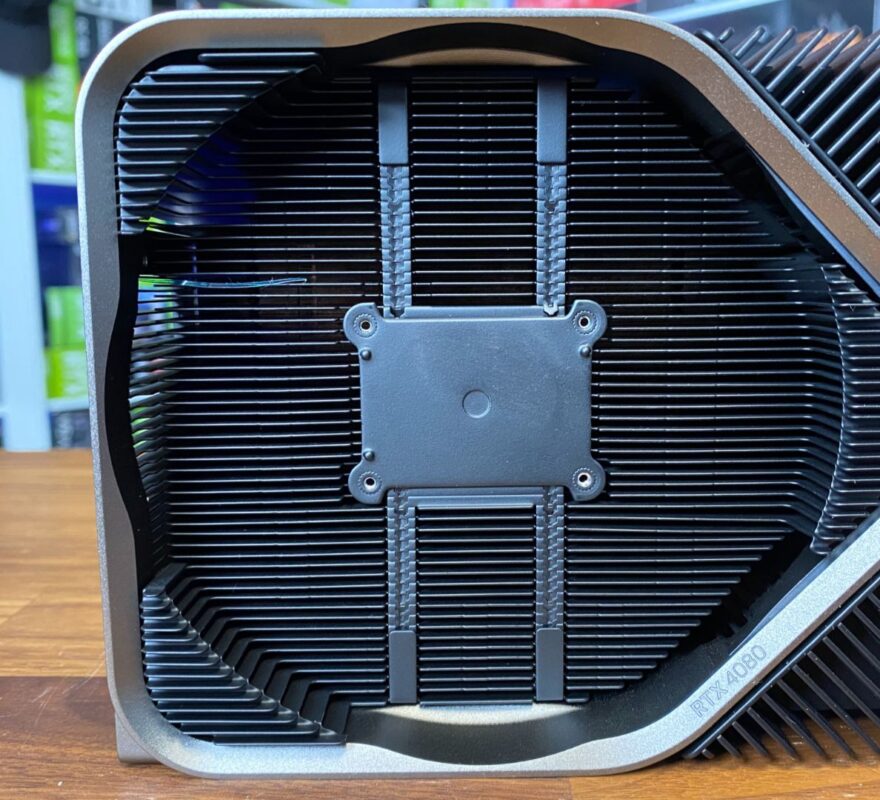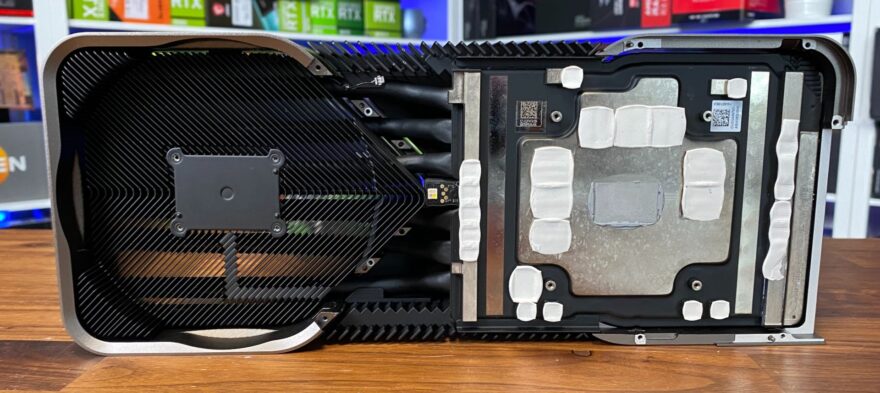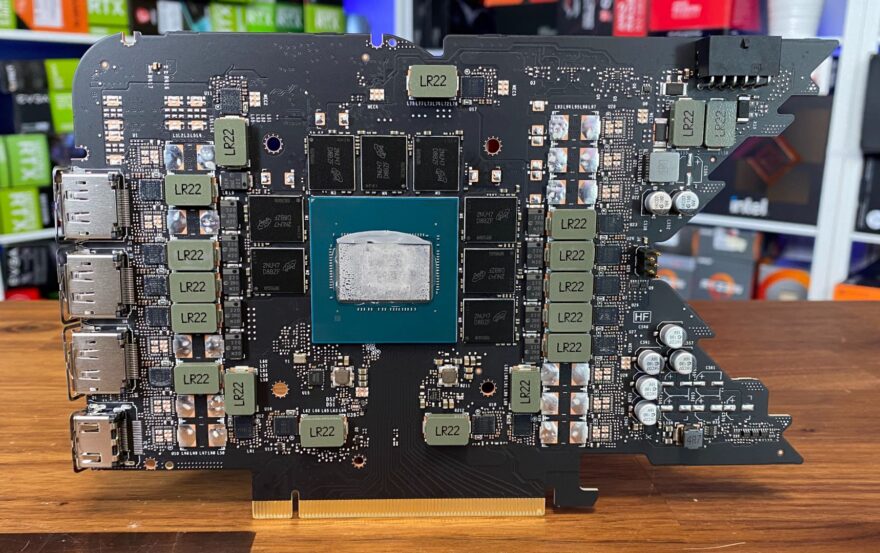Nvidia RTX 4080 Graphics Card Review
Peter Donnell / 2 years ago
A Closer Look – Nvidia RTX 4080 FE
So talking about each model individually, starting with the Founders and as mentioned, this is the first FE card I’ve had from NVIDIA in a long time, so my opinion may be a bit jaded compared to others who have had a Founders card recently, but it’s simply stunning to look at and doesn’t give the gamer vibe like we’re used to on AIC cards and instead looks more professional looking than anything, and it really works.

The design really doesn’t give much to talk about as it’s quite simple overall and instead just feels like one solid block of metal which is a big step up from the last cards I had in my hands from NVIDIA. The design is split up by the sweeping X pattern across the card with a mixture of different fin densities to assist in cooling, and to separate up the design. Sticking with cooling, the card has a single 115mm fan on the front and the same at the opposite end, but on the reverse of the card. Also on the reverse of the card, we do find some small amounts of plastic with RTX 4080 branding, which would be clearly visible once installed horizontally in your case.

If installed vertically, or horizontally, you’re going to get a great view regardless with a simple GeForce RTX logo that lights up white, making it easy to tie in with any system.

Now, the GPU isn’t small by any sense of the word and comes in the same as the RTX 4090 Founders at 304mm long, 137mm wide and 61mm thick, meaning that it will take up 3 slots inside your case and the cooler doesn’t protrude beyond that.

It’s not a light card at all, weighing in at 2435 grams which is actually more than some of the RTX 4090’s I’ve looked at recently, though it doesn’t surprise me due to the sheer size of the block that makes up the cooler though it’s not the heaviest RTX 4080 we have here today. It also doesn’t come with any form of support, but being such a solid block and the way that it’s put together, I wouldn’t expect it to sag anyway.

The cooler is pretty crazy, and taking it apart isn’t something I’d recommend, because it’s almost like, if you imagine what a GPU would be made like if Apple made one, then you already have the answer.

Once you dismantle things, you’ll notice some pretty interesting points, like the fans that connect in by ribbon cables and more importantly, the grooved heatsinks that make contact with the memory chips.

The heatsink is split and is connected by six heatpipes which are much fatter than what you’re likely to see on other cards, though they will generally have 8 heatpipes instead.

Coming in at $1199 in the US and £1269, it’s obviously priced as MSRP and will likely be the only card you see today from us that will see that price for launch.



















